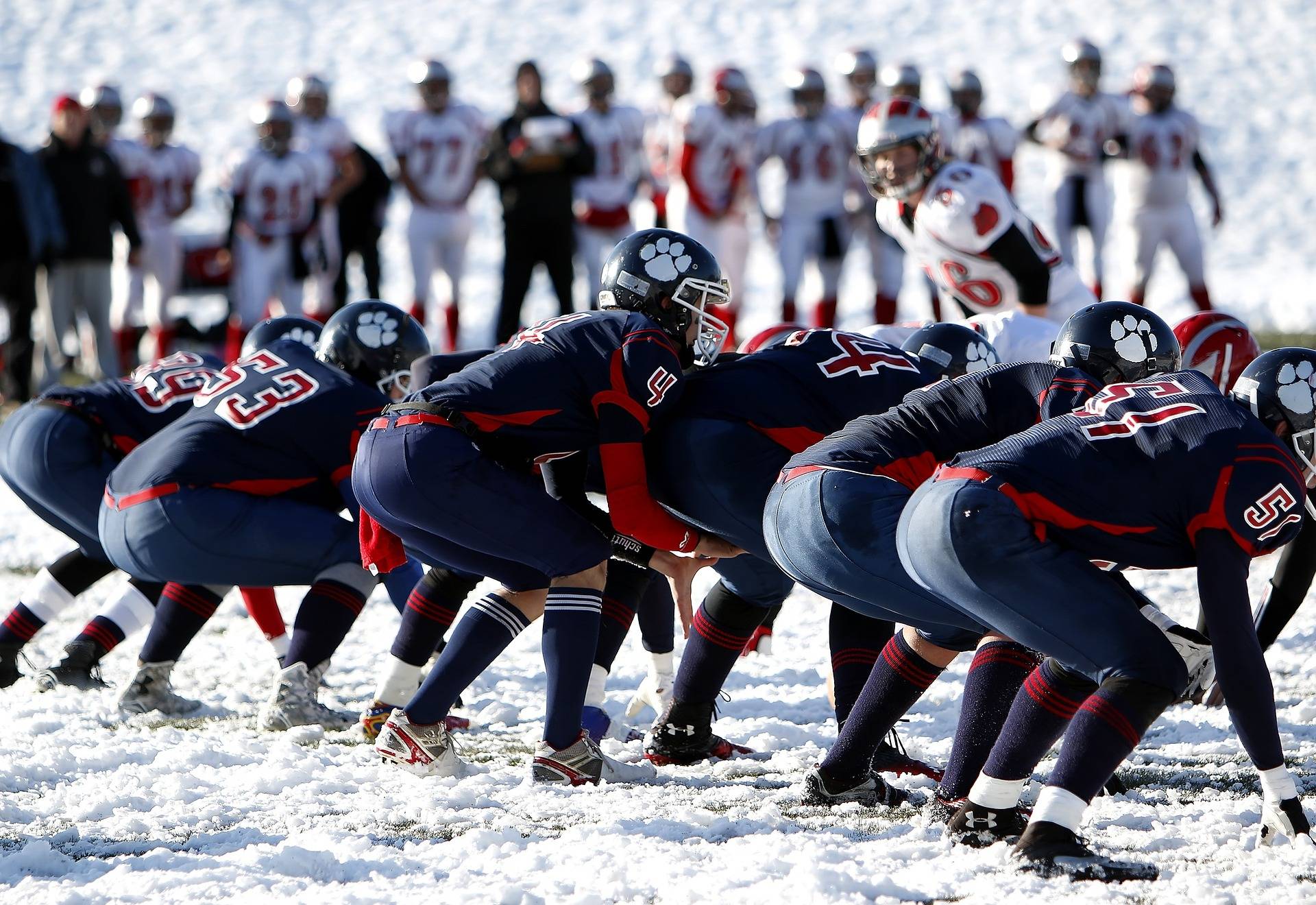False Start vs. Offside: Why the Difference Matters

📍 Introduction
In American football, the line of scrimmage is sacred. Inches matter. Timing is everything. And when something goes wrong before the snap, two of the most common flags hit the turf: false start vs offside.
They may look similar, but the consequences, signals, and judgment behind each call are distinctly different. Let’s break it down — from a referee’s point of view.
🚩 What Is a False Start?
A false start occurs when an offensive player moves illegally before the snap. Most often, it’s a lineman flinching, a receiver shifting forward too early, or even a quarterback jerking before the ball is hiked.
Key Points:
The movement must be abrupt and simulate the start of the play.
The ball has not been snapped yet.
It’s a dead-ball foul — play is immediately whistled dead.
📏 Penalty: 5 yards against the offense
🖐️ Referee Signal: Hands rotating around each other in front of the body.
🧍 What Is Offside?
Offside is when a defensive player crosses the line of scrimmage before the snap and makes contact with an offensive player or causes them to react (movement or flinch).
Key Points:
Defensive player is in the neutral zone at the snap or causes an early movement.
Referee waits for the snap (in some cases) to throw the flag.
Play may continue if no offensive movement occurs (free play).
📏 Penalty: 5 yards against the defense
🖐️ Referee Signal: Arm extended with hand touching the opposite shoulder, then slicing forward diagonally.
⚖️ False Start vs. Offside — What’s the Difference?
| Aspect | False Start | Offside |
|---|---|---|
| Who commits it | Offensive player | Defensive player |
| When it happens | Before the ball is snapped | Before or at the snap |
| Result | Dead ball — play stops immediately | Play may continue (free play) |
| Yardage | 5-yard penalty on offense | 5-yard penalty on defense |
| Ref Signal | Rotating hands | Arm slicing from shoulder outward |
🎯 How Refs Make the Call in Real-Time
In live game speed, referees must:
Watch the neutral zone like a hawk
Observe who moved first
Determine if movement caused a reaction
Apply the dead ball vs live play rule
Positioning is critical:
Line Judges and Side Judges focus on wideouts and O-line
Umpires watch the center and guards
The Referee watches the quarterback and right tackle
Even at the pro level, this call can be controversial. Replay helps — but most of the time, it’s all about sharp eyes and immediate decision-making.
🔍 Real-World Scenario Breakdown
Scenario: The defensive end jumps across the line right as the center snaps the ball — but doesn’t touch anyone.
Call: If the offense doesn't react and the ball is snapped cleanly, it's a live play and may result in a free play.However, if the jump causes the left tackle to flinch before the snap? That's a neutral zone infraction or offside on the defense — not a false start.
📢 Pro Tip from the Stripes
“When in doubt, watch the ball — not the man. The ball dictates the legality of movement. Every call starts at the snap.”
— Coach Ref J.T., 12-Year NCAA Official
❓FAQ – False Start vs. Offside
Q: Can a quarterback cause a false start?
A: Yes. If their movement simulates the snap or causes others to jump, it can be flagged.
Q: Is offside reviewable by replay?
A: Generally no — offside is considered a judgment call, unless it’s egregious and involves scoring plays or turnovers.
Q: What happens if both teams commit a pre-snap foul?
A: Offsetting penalties. Replay the down.
🧠 Final Thought
A 5-yard penalty might seem small, but on 3rd and short or in red zone territory, the difference between false start vsoffside can flip momentum — or a game.
Knowing the call is power. At RefEyeView, we’re here to sharpen yours.




